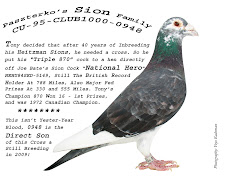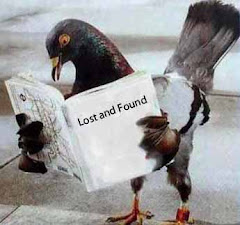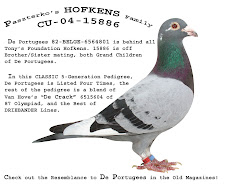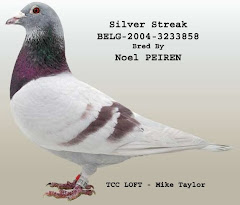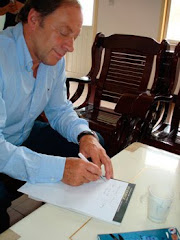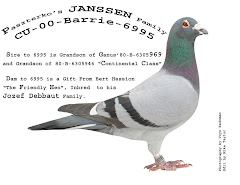BBC Earth News
By Victoria Gill
Science and nature reporter, BBC News
Thursday, 27 January 2011
Pigeons can find their way home from hundreds of miles - an ability that fascinates scientists and has led to their use in carrying messages and even smuggling drugs.
The researchers used GPS tags to track the birds' journeys
The team report in the Journal of Experimental Biology, that pigeons with a blocked right nostril were unable to create the "map of smells" that guides them on their journey.
Homing pigeons are the domesticated relatives of wild rock doves , which have an innate ability to find their way back to their own nest over long distances.
The domestic birds are bred to fine-tune this capability, to help them find the loft they are raised in.
Previous attempts to unpick this remarkable navigational skill, by this team as well as other researchers, revealed that as the birds sit in their lofts they learn the directions from which odours originate.
The birds appear to construct a mental map of these odours; a map that is sufficiently accurate to guide them in the direction of home until they spot local landmarks.
Blocked nose
To investigate this further, the scientists plugged either the left or the right nostril of homing pigeons raised just outside Pisa.
They released the birds from Cigoli, 40km away, and followed the birds' return routes using GPS trackers.
Analysing the flight paths of the birds, Dr Gagliardo and her colleagues could see that pigeons that could not breathe through the right nostril took a more tortuous routes.
The birds also stopped more often than birds that had only their left nostrils blocked and took far longer to find their way home.
Other research has shown that pigeons are able to "sense" the Earth's magnetic field; giving them an internal compass that helps guide them.
But Dr Gagliardo says that odours are vital cues that allow them to "understand where they are with respect to home".
She told BBC News that odours sniffed through the pigeons' right nostrils seem to help the birds construct their "navigational map".
Read more ...







